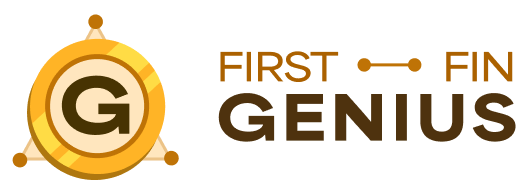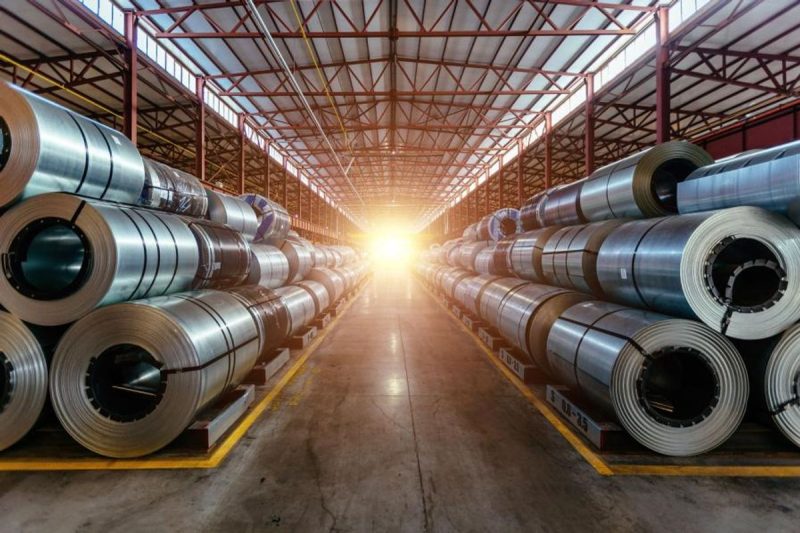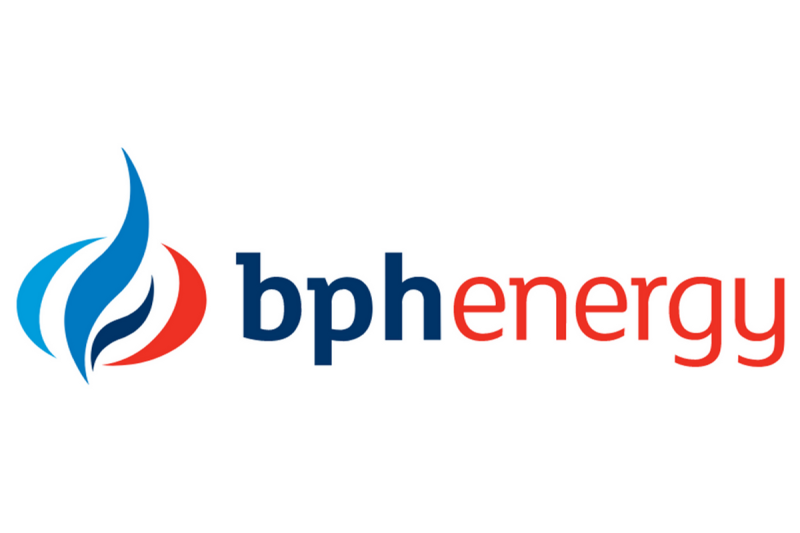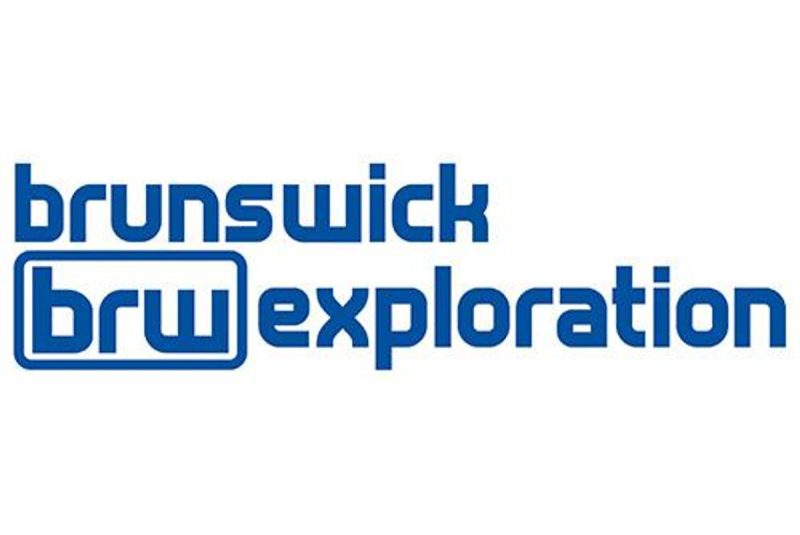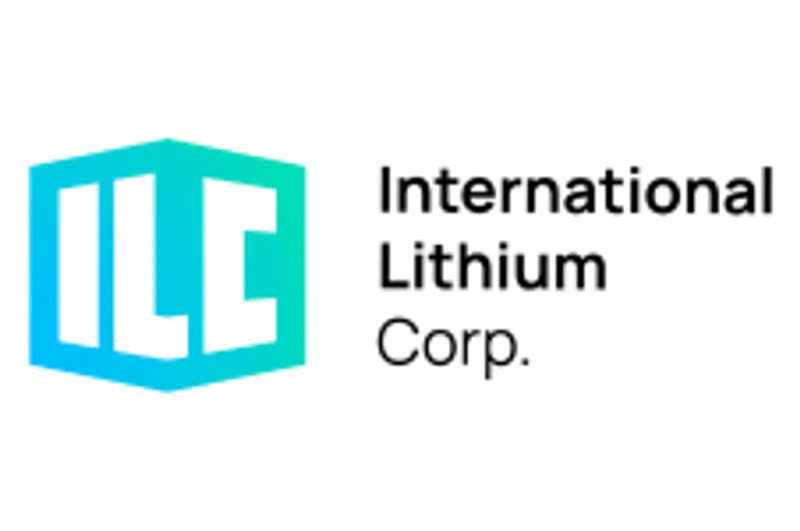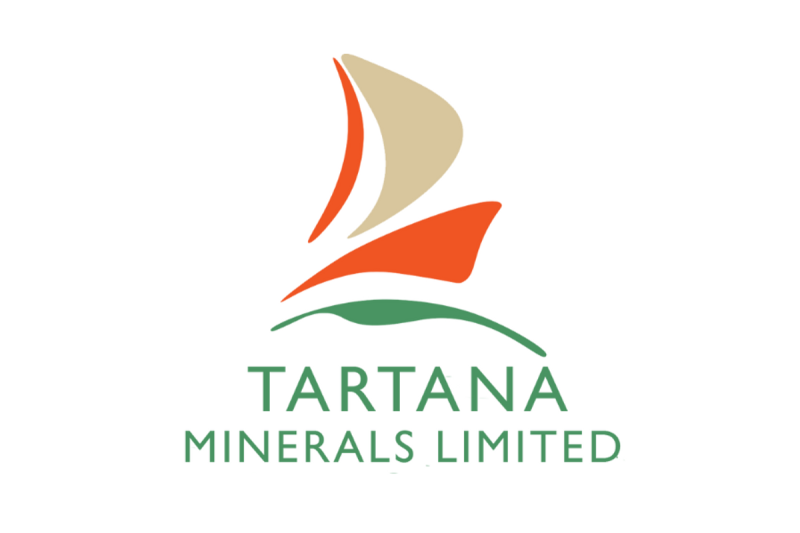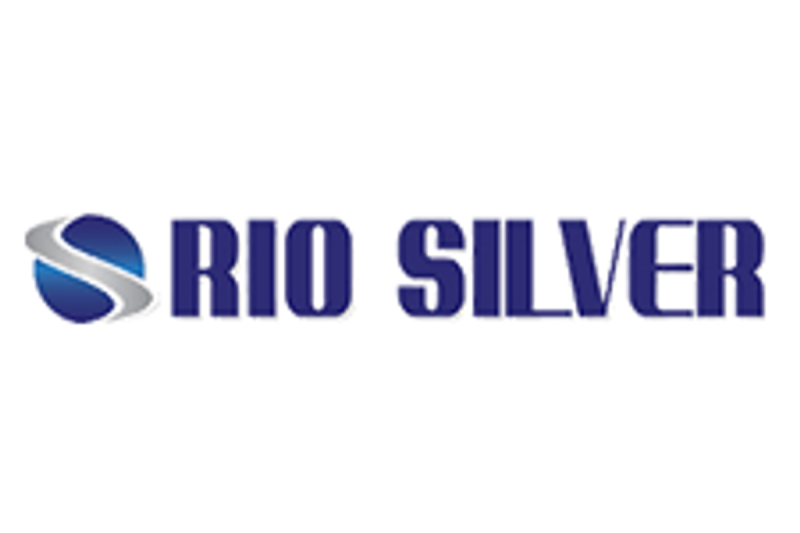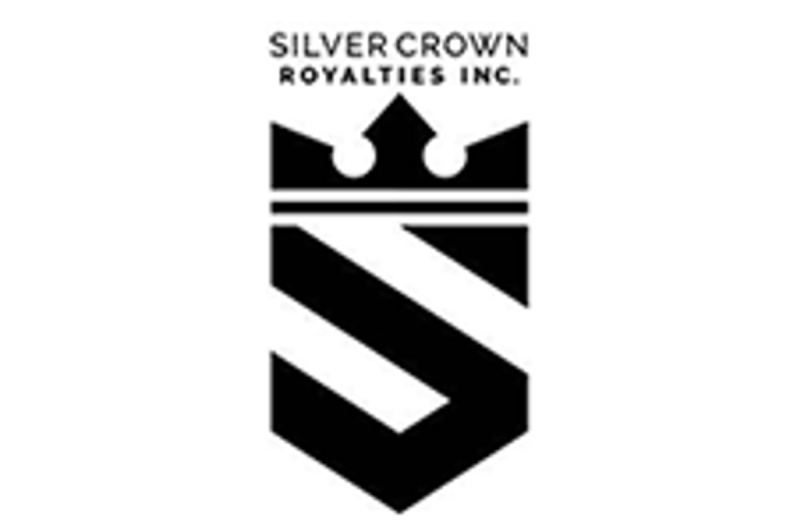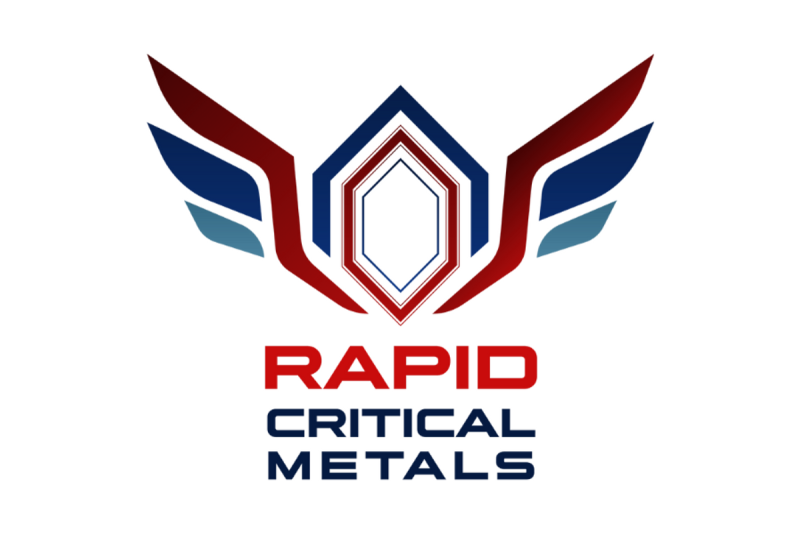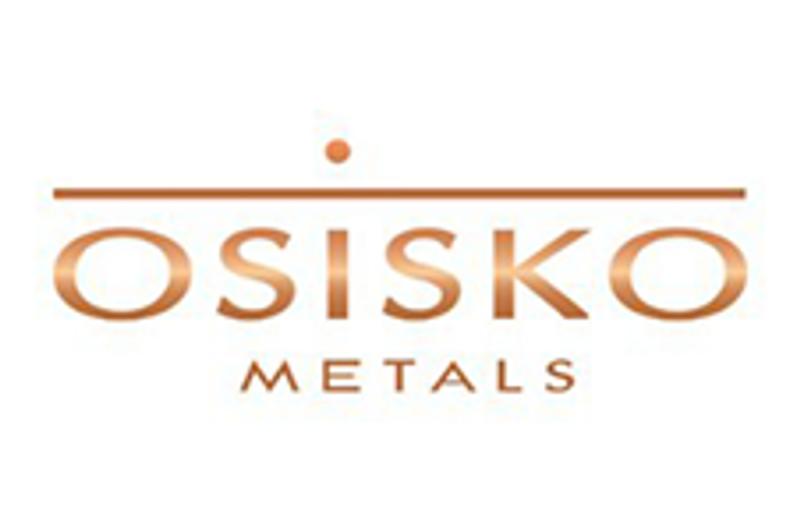The price of zinc was on the rise in 2024, but this year has been a different story. The metal’s value has trended down for most of 2025 on the back of increased supply and weakening demand.
Many base metals have taken hit from lagging demand in recent years due to sticky inflation and higher interest rates, and zinc is no exception. Zinc supply has also faced pressure from higher mining and refining costs, causing some major zinc mines and smelters to suspend operations, with more possible if the current economic situation continues.
With its important role in the steel manufacturing process, the zinc market is heavily influenced by international trade. One area of support in the last few months has been turmoil caused by the US-China trade war and tariff threats .
Data was gathered on July 30, 2025, using TradingView’s stock screener, and only zinc stocks with market caps greater than C$50 million at that time were considered. Read on to learn more about their operations and plans.
1. Teck Resources (TSX:TECK.A,TSX:TECK.B)
Market cap: C$22.01 billion
Share price: C$45.04
Teck Resources is a major global polymetallic miner, as well as one of the world’s top zinc producers.
The Vancouver-headquartered company produced 615,900 metric tons (MT) of zinc in concentrate in 2024, with 555,600 MT coming from its Red Dog zinc mine in Alaska. The remaining 60,300 MT came from Teck’s 22.5 percent share of zinc production from the Peru-based Antamina copper-zinc mine.
Teck’s total 2025 production guidance for the base metal is set in a range of 525,000 to 575,000 MT. As of June 30, the company’s zinc production for the year totaled 384,000 MT.
In addition to the sites mentioned, Teck owns the Trail operations, which it describes as ‘one of the world’s largest fully integrated zinc and lead smelting and refining complexes.’ Located in BC, Canada, the Trail operations produced 256,000 MT of refined zinc in 2024, with 190,000 to 230,000 MT of the material expected in 2025.
Teck pays a quarterly dividend. On September 29, it will pay out a dividend of C$0.125 per share.
2. Fireweed Metals (TSXV:FWZ)
Market cap: C$485.11 million
Share price: C$2.32
Fireweed Metals is a critical metals company whose flagship Macmillan Pass zinc project is located in Canada’s Yukon. In 2023, the company acquired the Gayna River zinc project in the Northwest Territories, as well as the Mactung tungsten project, which is adjacent to Macmillan Pass and straddles the border between Yukon and the Northwest Territories. According to Fireweed, Mactung ‘hosts the world’s largest high-grade tungsten deposit.’
Even with these new assets, the company still has a strong focus on Macmillan Pass. In fact, in November 2023, the Fireweed team, led by Dr. Jack Milton, the firm’s vice president of geology, received the Association for Mineral Exploration’s H.H. “Spud” Huestis Award for its work at the Macmillan Pass property.
Fireweed’s best drill intersection to date from Macmillan Pass’ Boundary zone includes 143.95 meters true width at 14.45 percent zinc, including 28.71 meters at 25.52 percent zinc. In September 2024, after its largest regional exploration campaign ever at Macmillan Pass, the company released an updated resource estimate for the Tom and Jason deposits, as well as inaugural resource estimates for the Boundary zone and End zone deposits.
Fireweed launched its 2025 field program in early June, saying it will include 12,000 meters of diamond drilling at Macmillan Pass. The work will target ‘both high-priority regional prospects and step-outs around known zinc-lead-silver-gallium-germanium deposits,’ according to a press release.
3. Trilogy Metals (TSX:TMQ)
Market cap: C$405.68 million
Share price: C$2.47
Trilogy Metals is focused primarily on copper, zinc and cobalt at its Alaskan Upper Kobuk projects, which are held by Ambler Metals, a joint venture operating company owned equally by Trilogy and South32 (ASX:S32,OTC Pink:SHTLF).
Its most advanced zinc project is the Arctic copper-zinc-lead-gold-silver volcanogenic massive sulfide project, which is in the feasibility stage and has proven and probable reserves of 43.44 million MT grading 3.12 percent zinc.
In addition, early stage 2023 field work at the company’s wholly owned Helpmejack project in Alaska’s Ambler schist belt outlined two target areas prospective for volcanogenic massive sulfide and shale-hosted zinc deposits.
Trilogy had been focusing on improving access to the region with its Amber Access project, but it was rejected by the US Bureau of Land Management under the Biden administration in June 2024 due to the impact the proposed road could have on the environment and communities in the region, which have seen little development.
However, under the Trump administration, a series of executive and secretarial orders focusing on developing Alaska’s natural resources have been enacted that could reverse this decision.
“Recent actions taken by President Donald Trump and Interior Secretary Doug Burgum signal a positive path forward for the Ambler Road,’ Trilogy Metals President and CEO Tony Giardini said. ‘This transportation corridor is crucial not only for providing access to the minerals that are vital to U.S. national security and prosperity, but also for much-needed economic growth and job creation in Alaska. Trilogy Metals is committed to working with all stakeholders on progressing the road, to unlock the vast natural resource potential of the Ambler Mining District.”
4. Emerita Resources (TSXV:EMO)
Market cap: C$317.02 million
Share price: C$1.20
Emerita Resources has a portfolio of high-grade, large-scale polymetallic projects covering more than 26,000 combined hectares in Spain’s Iberian Pyrite Belt. The company’s flagship asset is the Iberian Belt West project, which hosts three massive sulfide deposits: La Infanta, La Romanera and El Cura.
Emerita released a resource estimate for Iberian Belt West in May 2023. It finished environmental baseline studies the following month, and completed supporting documentation for its mining license application in December 2023.
In July 2024, the Andalusian government granted Iberian Belt West a declaration of strategic interest, which will streamline the process of moving the project through development.
Phase 2 metallurgical testing results for the La Romanera and La Infanta deposits released in late 2024 show that commercial-grade copper, lead and zinc concentrates can be obtained from both deposits.
In March of this year, Emerita announced an updated resource estimate for Iberian Belt West, showing a 35 percent increase to the total indicated mineral resource tonnage and a 44 percent increase in total inferred mineral resource tonnage. Also this year, Emerita made the cut for the latest TSX Venture 50 list.
Securities Disclosure: I, Melissa Pistilli, hold no direct investment interest in any company mentioned in this article.
